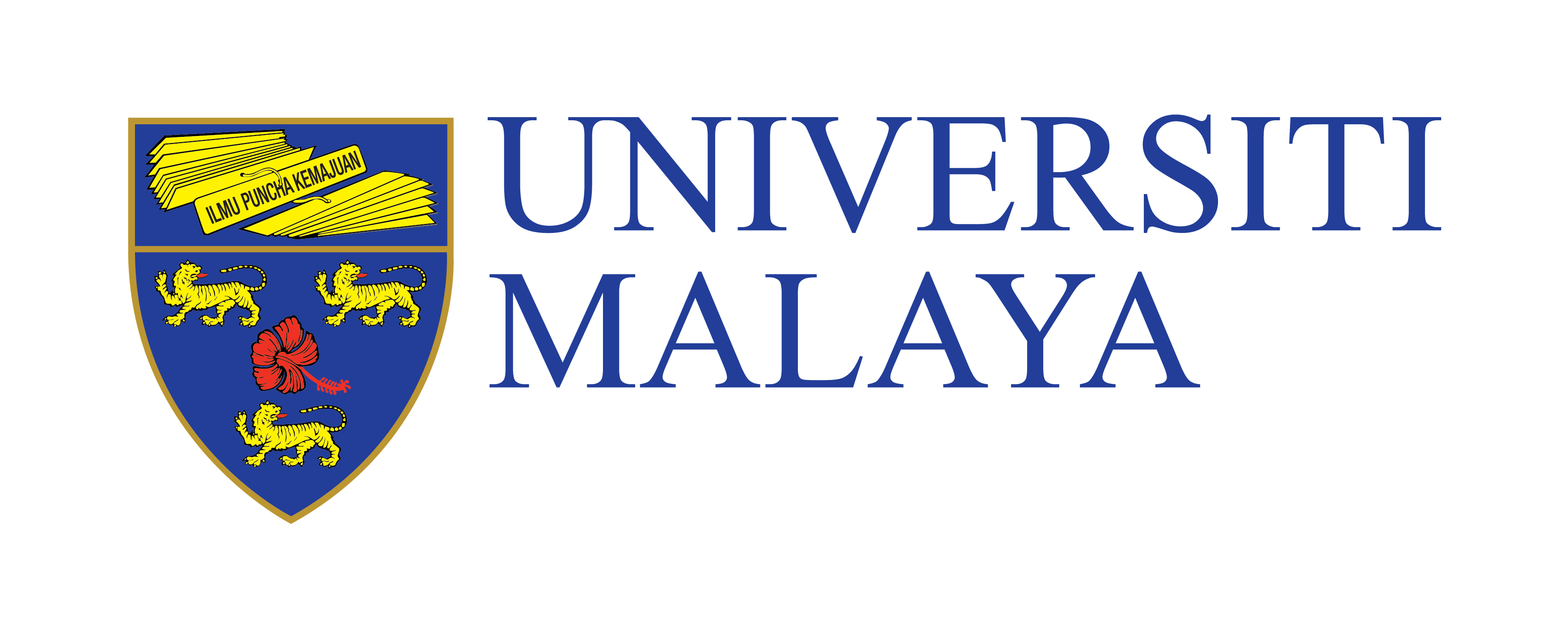PARADIGM SHIFT IN MANAGING INTRAOPERATIVE HEMODYNAMICS

PRESENTER : DR KAREN
SUPERVISOR : DR FITRY
Objectives:
- To understand the importance of maintaining good hemodynamic control
- To understand the paradigm shift from goal directed therapy, to individualized hemodynamic therapy, to personalized hemodynamic management over the years
- To realize the implications of intraoperative hypotension
- To predict hypotension with machine learning-derived early warning system
- To utilize this new technology into our clinical practice, in guiding us the use of fluids, vasopressors and inotropes
Take home messages/ Learning points:
- Personalized hemodynamic management could improve outcome and patient safety.
- Intraoperative hypotension is common, even in flow/volume optimised patients.
- It is associated with poor outcomes including myocardial and kidney injury, stroke, mortality.
- With the paradigm shift in hemodynamic monitoring, intraoperative hypotension can be predicted nowadays.
- Hemodynamic variables, in combination with a hemodynamic diagnostic guidance and treatment protocol, allow for determination of the underlying cause of the impending hypotension.
- It helps in predicting hypotension and preventing it through diagnosing and treating the specific cause of the impeding hypotension (preload, afterload, or contractility).
- Will probably change our practice from reactive to proactive and from unspecific to causative blood pressure management.
Discussions:
- A good hemodynamic control allows an adequate oxygen delivery to tissues along with sufficient perfusion pressure to maintain adequate cellular metabolism.
- Conventional goal-directed hemodynamic treatment strategies often used predefined population based ‘normal’ values of MAP, CO or oxygen delivery as hemodynamic targets. However, population-based ‘normal’ values do not necessarily represent the optimal values or personal normal values of an individual.
- Intraoperative hypotension reflects an imbalance in cardiocirculatory regulation. It may be caused either by (a combination of) a reduction in cardiac preload/afterload or by an impairment in cardiac contractility.
- It is associated with an increased morbidity such as myocardial injury, acute kidney injury, post-operative stroke/delirium and mortality.
- Physiological principles can be used to develop algorithms for real time prediction of hypotension based on continuous analysis of features extracted from arterial pressure waveform and machine learning models.
- Current management of intraoperative hypotensive episodes is predominantly reactive but a proactive management would be very much beneficial.
- New parameters such as HPI, arterial dP/dt max, Ea dyn – useful as guide in management.
- HPI parameter value of 85, provides continuous predictive insights into developing hypotensive events with significantly high sensitivity and specificity.
- Arterial dP/dT is an ejection phase index depending on arterial compliance and waves reflections from periphery to the aorta. It accurately assesses LV contractility when adequate vascular filling is achieved.
- Eadyn, another newly introduced parameter predicts pressure response in preload responders. It is constituted from two different dynamic preload variables and is calculated by the quotient of the two (PPV/SVV). This value can assess vascular tone and can aid the decision as to whether a patient requires afterload support using vasopressors after preload is assessed and optimized.
Accordion Content
CLICK HERE
